Researchers use microwaves to observe an atomic sample 30000 times a second without destroying it.
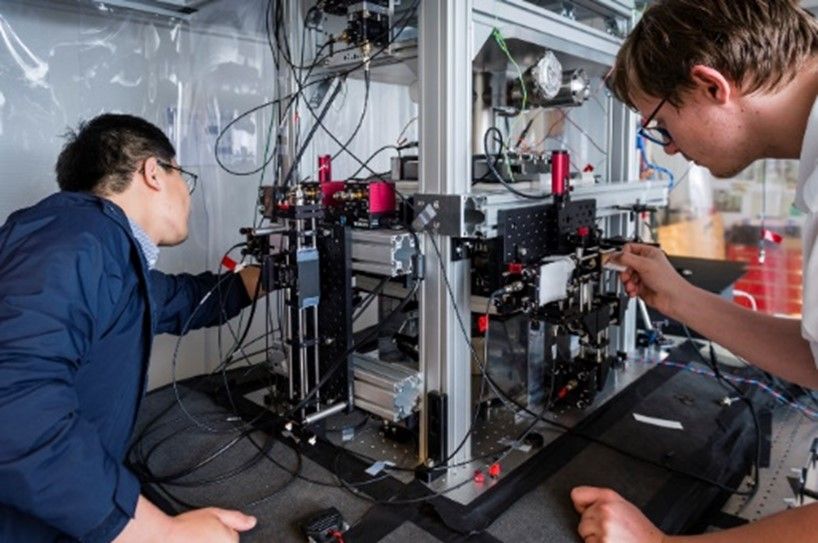


The qubit is the building block of quantum computing, analogous to the bit in classical computers. To perform error-free calculations, quantum computers of the future are likely to need at least millions of qubits. The latest study, published in the journal PRX Quantum, suggests that these computers could be made with industrial-grade silicon chips using existing manufacturing processes, instead of adopting new manufacturing processes or even newly discovered particles.
For the study, researchers were able to isolate and measure the quantum state of a single electron (the qubit) in a silicon transistor manufactured using a ‘CMOS’ technology similar to that used to make chips in computer processors.
Furthermore, the spin of the electron was found to remain stable for a period of up to nine seconds. The next step is to use a similar manufacturing technology to show how an array of qubits can interact to perform quantum logic operations.
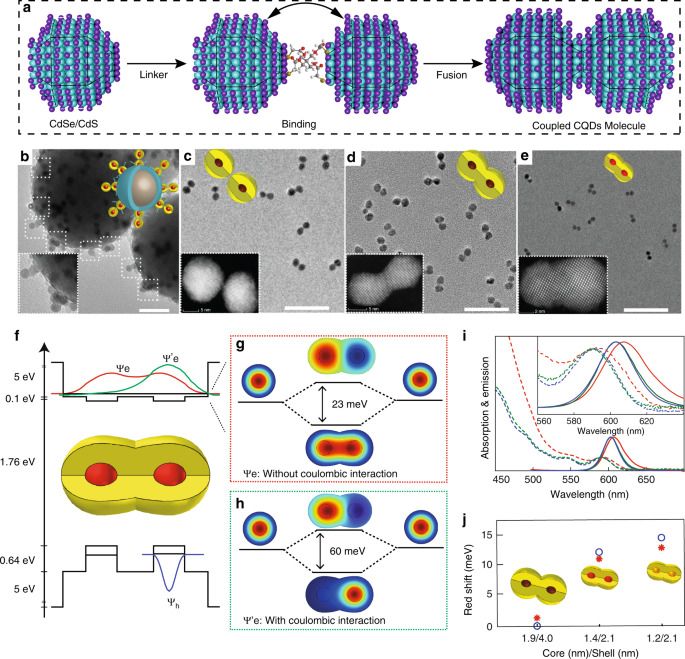
Circa 2019 o.o
In analogy to the coupling of atoms into molecules, the authors fuse colloidal semiconductor nanocrystals into quantum dot dimers. These nanocrystal ‘molecules’ exhibit significant quantum coupling effects, making them promising for applications in devices and potential quantum technologies.

When the researchers used their system to measure the qubits’ state, they achieved an accuracy of 98 percent, exactly the same as when they carried out the measurement using a conventional electrical cable.
The authors acknowledge that work is already underway to try and reduce the heat produced by current approaches, including the development of thinner wires, proposals to replace wires with superconducting cables, or a process called multiplexing that makes it possible to send many signals over the same cable simultaneously.
But optical fiber is a well-established technology, and is already replacing electrical wires in many areas of computing thanks to its ability to carry far more data. The authors also point out that components used in this experiment were designed to work at room temperature, so optimizing them for cryogenic temperatures could provide significant performance gains.

CLEVELAND, Ohio — The Cleveland Clinic and IBM have entered a 10-year partnership that will install a quantum computer — which can handle large amounts of data at lightning speeds — at the Clinic next year to speed up medical innovations.
The Discovery Accelerator, a joint Clinic-IBM center, will feature artificial intelligence, hybrid cloud data storage and quantum computing technologies. A hybrid cloud is a data storage technology that allows for faster storage and analysis of large amounts of data.
The partnership will allow Clinic researchers to use the advanced tech in its new Global Center for Pathogen Research and Human Health for research into genomics, population health, clinical applications, and chemical and drug discovery.
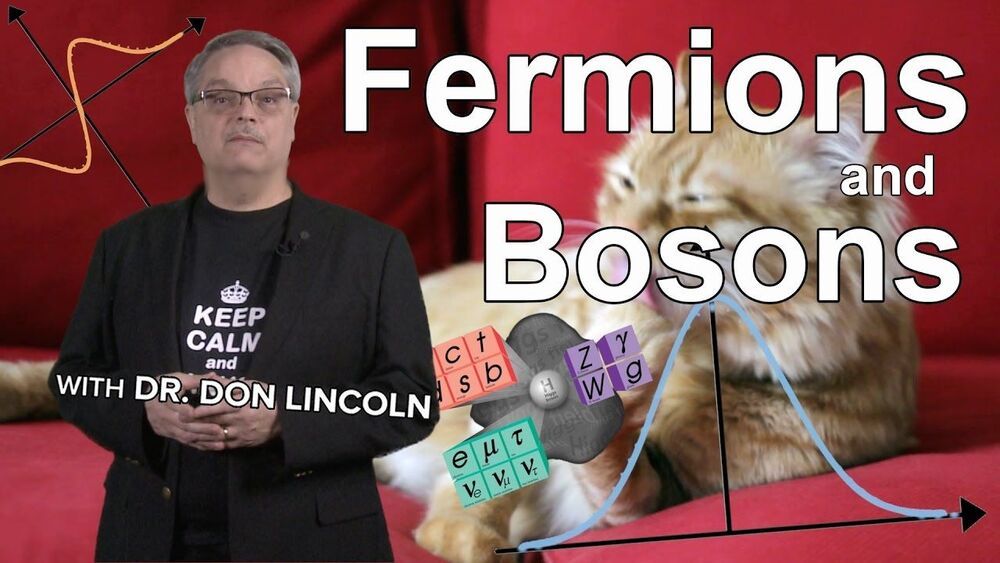
A force is something which tends to change the state of rest or state of motion, or size, shape, the direction of motion of a body, etc… There are four fundamental forces: gravitational, electromagnetic, strong nuclear and weak nuclear forces. These forces are responsible for all possible interactions that can take place in this universe, from planets orbiting a star to protons and neutrons confined in the nucleus of an atom. In classical physics, the assumption was that an imaginary field exists, through which a force can be transmitted. But with the advent of quantum mechanics, this idea was changed radically. A field exists, but that is a quantum field. The field vibrates gently, and these vibrations give rise to particles and their corresponding antiparticle partners, i.e., particles with opposite charge. But these particles can exist for a limited amount of time. What gives rise to forces then? Particles called bosons. Bosons, named after Indian physicist Satyendra Nath Bose, are particles, the exchange of which give rise to forces. Bosons, along with the fermions (which make up matter), are referred to as elementary particles [1].
In quantum mechanics, energy can be temporarily ‘borrowed’ from a particle. But, as per Heisenberg’s uncertainty principle, the greater the amount of energy you ‘borrow’, the sooner you must return it [2].
According to modern physics, light can be treated as a stream of particles called photons. The exchange of photons gives rise to electromagnetic forces. Virtual photons can pop out of nowhere around an electron, by ‘borrowing’ some of the electron’s energy. If there is another electron near the virtual photon, it will absorb the photon. Thus, essentially, some energy and momentum are exchanged between the electrons, causing them to repel, since the second electron, on gaining energy, will move away from the first one. It is basically due to this reason that a photon is considered a boson, for in the above case, exchange of the photon gave rise to the force of repulsion between the two electrons. Thus, electrons, both being negatively-charged (like-charged), repel. A photon can also materialize into an electron and its antiparticle, positron. This process is called pair production[3]. Here, electromagnetic energy is converted into matter.

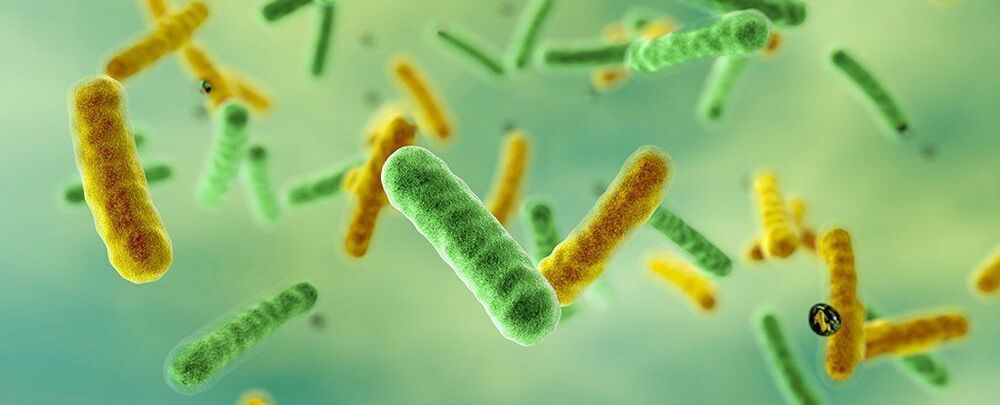
Bacteria have been found exploiting quantum physics to survive.
Oxygen is life to animals like us. But for many species of microbe, the smallest whiff of the highly reactive element puts their delicate chemical machinery at risk of rusting up.
The photosynthesizing bacterium Chlorobium tepidum has evolved a clever way to shield its light-harvesting processes from oxygen’s poisonous effects, using a quantum effect to shift its energy production line into low gear.
A study conducted by scientists from the University of Chicago and Washington University in St. Louis has shown how the bacterium throws a spanner into its quantum resonance to ‘tune’ its system so that it loses energy in the presence of oxygen, preventing it from wrecking its photosynthetic apparatus.
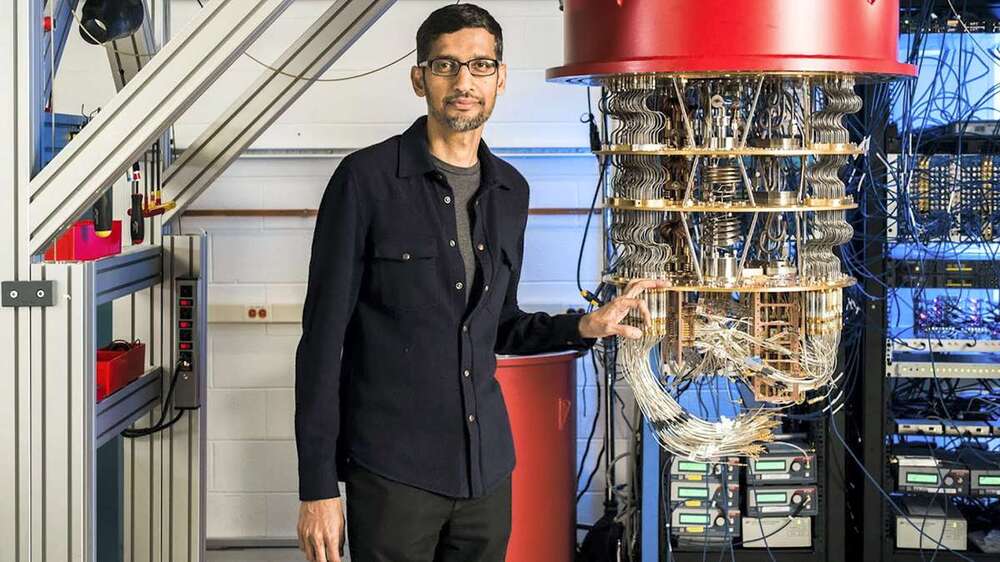
Once particularly useful future application, according to Harvard Business Review, will be the potential development of new drugs, a task it is “uniquely suited for” because it would operate on the same laws of quantum physics as the molecules it is simulating.
And so, Abu Dhabi has joined the community of nations endeavouring to accomplish this next step in human history.
The Advanced Technology Research Council is building the computer at its Quantum Research Centre labs in Abu Dhabi, in collaboration with Barcelona-based Qilimanjaro Quantum Tech.
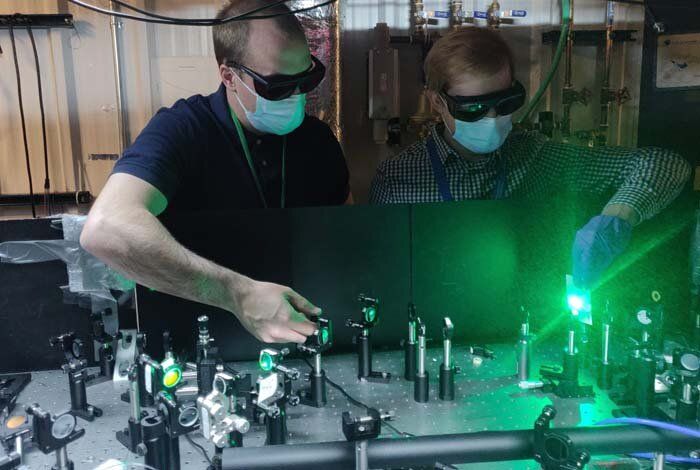
A new class of quantum dots deliver a stable stream of single, spectrally tunable infrared photons under ambient conditions and at room temperature, unlike other single photon emitters. This breakthrough opens a range of practical applications, including quantum communication, quantum metrology, medical imaging and diagnostics, and clandestine labeling.
“The demonstration of high single-photon purity in the infrared has immediate utility in areas such as quantum key distribution for secure communication,” said Victor Klimov, lead author of a paper published today in Nature Nanotechnology by Los Alamos National Laboratory scientists.
The Los Alamos team has developed an elegant approach to synthesizing the colloidal-nanoparticle structures derived from their prior work on visible light emitters based on a core of cadmium selenide encased in a cadmium sulfide shell. By inserting a mercury sulfide interlayer at the core/shell interface, the team turned the quantum dots into highly efficient emitters of infrared light that can be tuned to a specific wavelength.